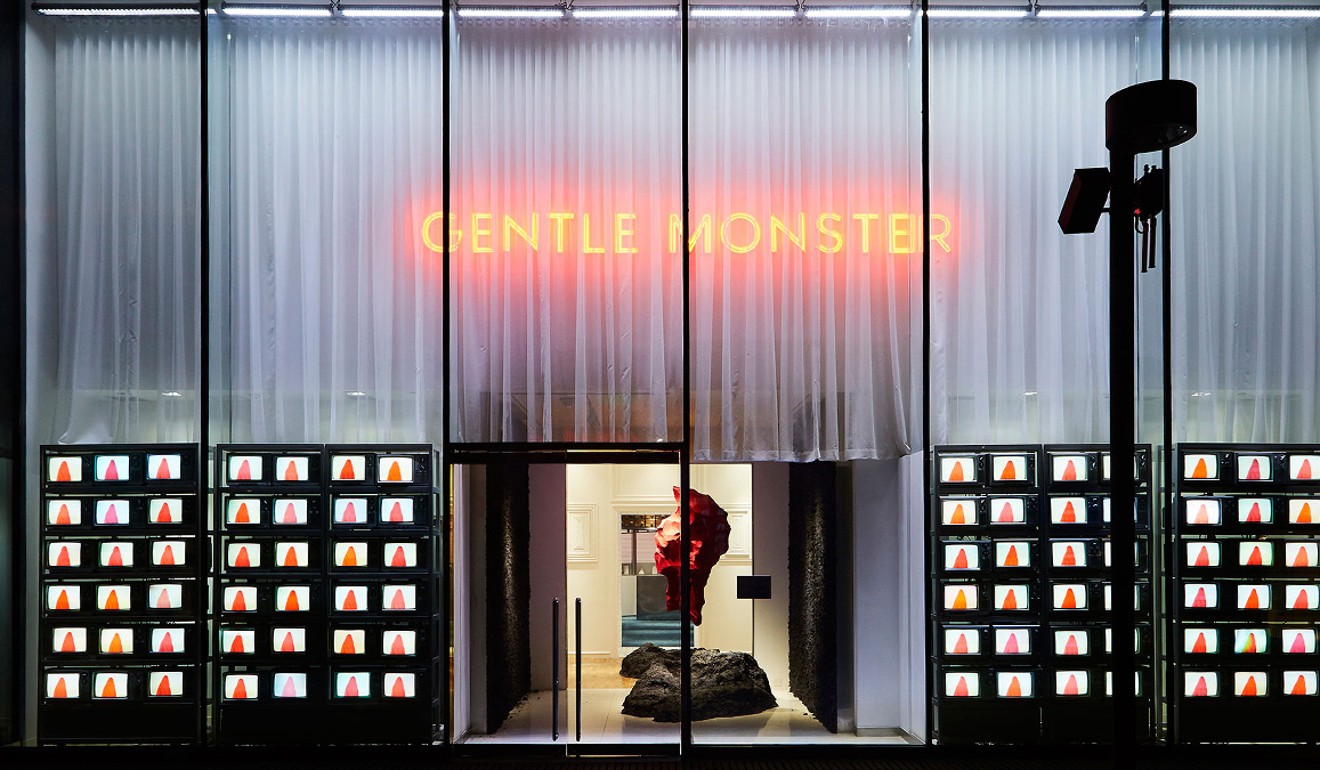
Why LVMH boss is bullish on Asia, except its luxury fashion brands
- LVMH regional chairman Ravi Thakran says there are many rising fashion stars in Asia that have the potential to go global
- But he does not see the continent producing a true global luxury fashion brand in the next decade, saying that ‘something is missing’
Ravi Thakran discovered South Korean eyewear brand Gentle Monster the good old-fashioned way – through the grapevine.
“My attraction came not because I knew the brand or its figures but because I was told there was this brand at Incheon Airport that was so popular it was restricting travellers from not buying more than two pieces per boarding pass,” he says.
The next time he visited Seoul, Thakran – who is the chairman and managing partner of L Catterton Asia (the private equity firm formed through the partnership of Catterton, LVMH and Groupe Arnault) and the group chairman of LVMH South and Southeast Asia, Australia and Middle East – dropped by the Gentle Monster boutique. He was greatly impressed by the way the brand blended art installations in the store’s design with its range of fashion-forward eyewear.
In 2017, L Catterton Asia announced its investment in Gentle Monster. “I believe they are one of the most innovative retail formats in the world whether they’re in Soho in New York or Regent Street in London. For the first time, an Asian brand is capturing the centre stage,” says Thakran.

There are plans to expand the brand further – it currently has stand-alone boutiques in major cities including Hong Kong, Singapore, Shanghai, New York and London, and a retail presence in stores in Europe, North America and Asia.

“The deal came about because everyone was saying, ‘Whenever I pass the Charles & Keith shop at Wisma Atria [in Singapore], it is crowded,’” he says.
When it finds up-and-coming brands that have the potential to go global, Thakran says the company will invest in making that happen, leveraging its strategic relationship with LVMH and Groupe Arnault where necessary. “With labels like Charles & Keith and Gentle Monster, we will prep them to take on the world and also guide them to go step by step,” he says.
It may not seem obvious to the casual observer, but there is a difference between LVMH and L Catterton. “LVMH is about luxury, whether it is Dom Perignon champagne or Dior dresses – the single thread you weave through LVMH is luxury,” says Thakran. “LVMH also owns everything under their umbrella, they don’t look at exits; they take a brand with the intention of keeping it.
“At L Catterton Asia, we focus on layers below luxury primarily. We want to partner with entrepreneurs as compared to owning the asset and make both minority and majority deals.”

Up next, Japan is in L Catterton Asia’s sights. “We see innovation and creativity in Japan and we need to be there,” he says, noting that the company has set up a new office in Tokyo. Last November, it closed its first deal with Owndays, which offers rapid service prescription glasses. “It is a fantastic business model. Nowhere else can you get glasses in twenty minutes.”
He is also bullish on the consumer market in Asia. “We believe Asia will be the biggest frontier for growth,” he says.

Much of the focus these days is on China’s economic slowdown, however Thakran is certain that consumers in China will continue spending.
“In 2018, about 62 per cent of the world’s growth in GDP came from Asia, with 33 per cent coming from China alone. It is still the biggest generator of absolute growth in the world. If it has slowed, it is only slow compared to its growth in the past. I genuinely believe China is still the most important market and has many decades of growth ahead.”
What makes China so appealing is the many lifestyle trends, such as fitness and wellness, that offer retail potential. “When I went to China in the early ’90s, I’d never see anyone going to the gym, running for fitness or walking a dog. Today, China has become the largest fitness growth arena in the world – in 2017, over five million runners participated in 1,100 marathons,” he says.
“In wellness, a decade ago, they had not heard of manuka honey, kale, avocado or kombucha. Now, it is not just California girls who eat these health foods.”


Last year, L Catterton Asia announced an investment in Will’s Group, a leading fitness and gym brand in China. The firm also actively invests in health and fitness brands globally, including Equinox, Sweaty Betty, 2XU and ClassPass. In the next 15 years, Thakran believes China will start producing its own brands across all segments of the market – except luxury brands.
“The emergence of various classes of consumers leads to a vibrancy across the whole arena,” he says.
But while Asian brands have excelled in the premium lifestyle category such as the Mandarin Oriental group, Japanese whiskeys such as Hibiki and Yamazaki, and even airlines from Asia, which are consistently ranked top in the world, Thakran says “the last mile” is still lacking for luxury fashion brands from the region.
“I’m Asian and very proud of it. We have the finest of craftsmen and we do 99 per cent right but something is missing, whether it is the packaging, presentation or storytelling,” he says. “There are sparks but it is not there yet.”

